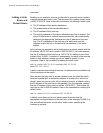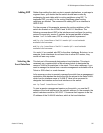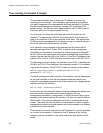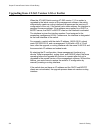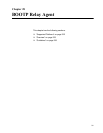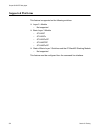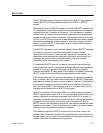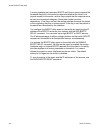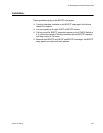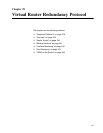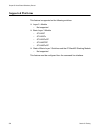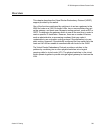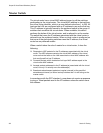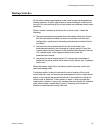Chapter 28: BOOTP Relay Agent
334 Section VII: Routing
A routing interface that receives a BOOTP reply from a server inspects the
broadcast flag field in the packet to determine whether the client, in its
original request to the server, set this flag to signal that the response must
be sent as a broadcast datagram. Some older nodes have this
dependency. If the flag is not set, the routing interface forwards the packet
to the originating client as a unicast packet. If the flag is set, the packet is
forwarded as a broadcast by the interface.
You configure the BOOTP relay agent on the switch by specifying the IP
address of the BOOTP server on your network with the ADD BOOTP
RELAY command. You can enter up to eight BOOTP or DHCP servers.
The IP addresses apply to all the routing interfaces on the switch. BOOTP
requests are forwarded to all the specified servers, simultaneously.
You activate the BOOTP relay agent on the switch with the ENABLE
BOOTP RELAY command. As soon as the agent is enabled the routing
interfaces begin to forward BOOTP requests from the clients. Activating
the client applies to all routing interfaces on the switch. You cannot
activate the agent on some interfaces and not on others. The default
setting for the agent on the switch is disabled.
To view the status of the agent and the IP addresses of the servers, use
the SHOW BOOTP RELAY command.



